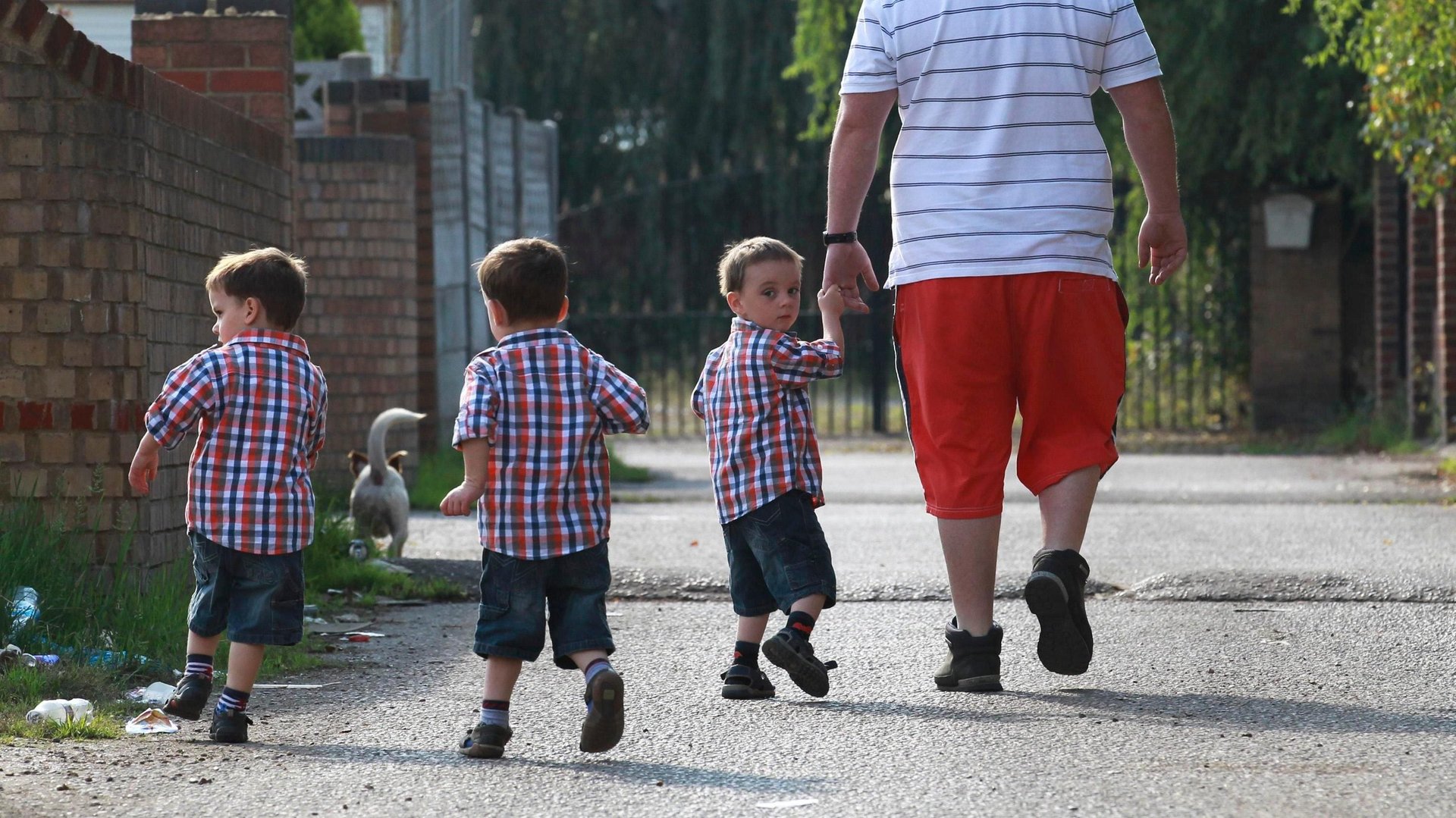The case for starting sex-ed conversations with kids at age four
Sex is among the hardest topics for parents to broach with teenagers. That’s why a new campaign, featuring cartoons aimed at both parents and kids, encourages families to start the conversation much earlier—even as young as age four.


Sex is among the hardest topics for parents to broach with teenagers. That’s why a new campaign, featuring cartoons aimed at both parents and kids, encourages families to start the conversation much earlier—even as young as age four.
“Kids naturally have questions about their bodies and where they come from. Yet these curiosities are often met with misinformation or awkward silence,” says Deborah Roffman, sexuality educator and content expert at AMAZE, a project run by three non-profits. AMAZE, or Advocates for Youth, Answer, and Youth Tech Health, offers sex-ed resources to 10-to-14-year-olds, parents, and educators. With issues including consent and assault constantly in the news, the AMAZE team says, parents should be explaining bodily autonomy and diverse gender identities “as early as possible.”
The new campaign, amaze.jr, is for the parents of children between the ages of four and nine, and for those kids. It aims to normalize a conversation about sex in an educational environment that has become polarized around the topic: In the US, only 18 states require that information about contraception be provided during whatever sex education is given, according to the Guttmacher Institute. Thirty-seven states, meanwhile, mandate that schools teach kids about abstinence. The videos aimed at 10-to-14-year-olds have already racked up 17 million video views, according to AMAZE.
Naturally, when parents talk to their kids about sex, they’ll need to consider the child’s age and tailor their advice to the child’s particular needs and concerns. But within each age group, the amaze.jr videos for parents suggest, kids are likely to encounter similar ideas and need similar assurances.
Four-year-olds, for example, are likely to ask “Where do babies come from?” Parents’ instinct might be to shy away from the topic, but it’s not necessary to tackle the question directly. At this age, according to one video, that’s not really a question about sex, but about space and time. Kids younger than four can’t necessarily conceive of a time before they were born. But once the idea dawns on them that they didn’t previously exist, and now they do now, they may well want to know where they were before they were “here.” The video, which delivers its messages via a Simpsons-style focus group of embarrassed-but-articulate parents, suggests explaining the existence of the uterus and the fact that a baby develops and lives there before it’s born.
Kids may well be satisfied with that answer for a long time. But at some point—the video suggests around age five—they’ll want more details. How did the baby get out of the mother’s body and into the world? And how did it get in there in the first place? This is the time for a clear description of the biology of reproduction, complete with real words—like uterus, penis, and vagina—rather than euphemisms. The kids’ videos, meanwhile, are intended for parents to watch alongside their children.
Big-eyed animals and cartoon toddlers explaining reproduction might feel like an odd viewing experience. But then, no one promised talking to young children about this stuff would be easy. The team behind amaze.jr just wants to parents to know that a bit of discomfort is no reason to avoid it.